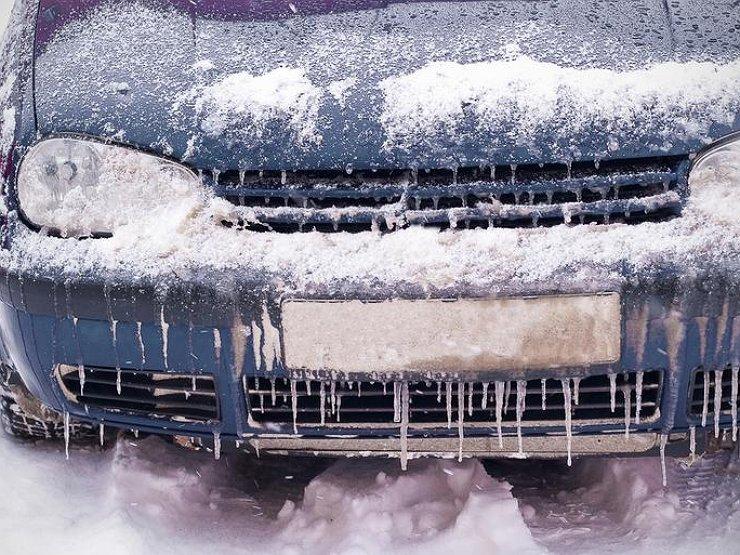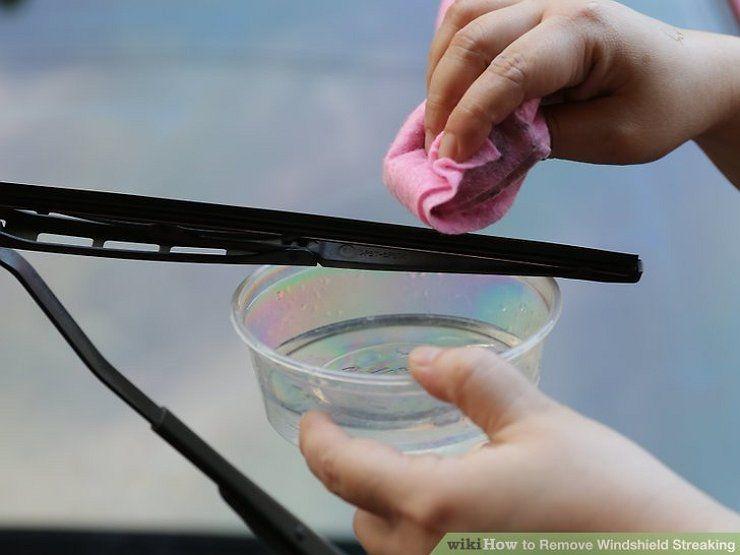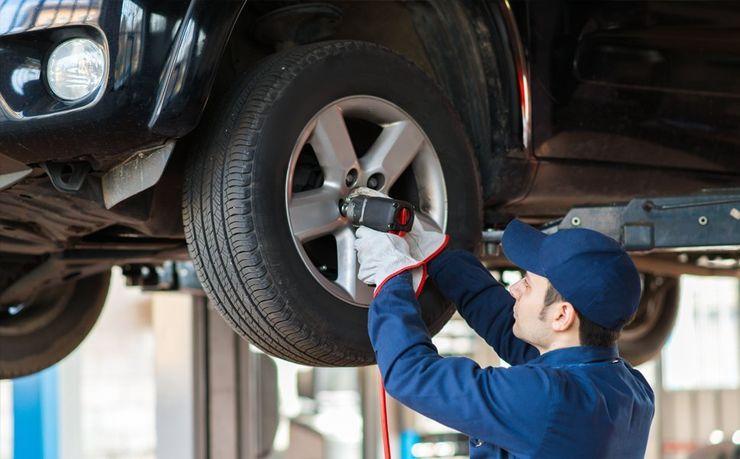
Without changing the oil: how much does it cost to prepare a car for winter
Content
Winter is a special period for any motorist. At the same time, depending on the region, the factors that require attention, and, accordingly, the special preparation of the car, change. In addition to the climate, it must be taken into account that in Russia there are different roads and ways of caring for them everywhere. This, for example, may apply to the use of anti-freeze, snow chains and other regionally significant things that are unlikely to be suitable as a universal recommendation. And it is quite natural that each preparatory event has its own price. How much will it cost to prepare for the winter, calculated the portal "AvtoVzglyad".
Mandatory oil change by winter is a myth
Many experienced motorists of the older generation tell young “dummies” that it is necessary to change the oil by winter. And, they say, it is important to decide on the oil that is suitable for cold weather. In fact, the vast majority of modern oils are demi-season, and no special replacement is needed. This myth is often used by small services, but you can safely save on this.
The only thing, in the opinion of experts from the federal aggregator of technical assistance and evacuation "METR", that it is important to remember about changing the oil is that the active operation of a car at sub-zero temperatures (which are almost ubiquitous in winter on the territory of the Russian Federation) leads to more intensive wear mechanisms. So if the need for a scheduled lubricant change is close, then it makes sense to speed it up and carry out the procedure before the start of winter. At the same time, it makes sense to take oil with the lowest possible viscosity grade from those recommended by the automaker. There are a lot of oils on the market, a separate article will be needed to describe the main types. The fact is that the diversity of the offer allows you to choose the perfect option for any car and operating mode.
The cost of a classic 4-liter canister will vary from 1000 to 3500 for synthetic compounds and from 800 to 3000 for mineral and semi-synthetics.

Battery with wires
The power source of your car is something that is especially important when preparing for winter. When the temperature drops, the charge level drops noticeably. Without taking care of charging the battery in advance, we will get an engine that cannot be started immediately. It should also be borne in mind that at low temperatures the starter scrolls harder. Accordingly, everything that can affect the power of the current supplied by the battery must be eliminated.
First of all, a prudent car owner will have to inspect the terminals, which are highly likely to be oxidized and require cleaning. After that, it will be possible to measure the voltage of the battery. After checking the voltage, it is necessary to evaluate the condition of the battery and replace it if necessary. The main principle when buying a new battery is to preserve the parameters of capacity, overall dimensions and polarity.
Classic battery for an average passenger car can cost from 2000 to 12 depending on capacity, quality and brand. It also makes sense to check the presence of cigarette lighter wires in case the battery is still discharged. And this sometimes happens when you forget to turn off the dimensions and the car feeds them with batteries for a long time. The cost of a good set of cigarette lighter cables does not exceed 1500 rubles.

Clean look
Everyone remembers well from the traffic rules that a malfunction of the wipers is fraught with consequences, and it is impossible to start driving with such a malfunction. Many experienced drivers claim that a good view is 50% safe on the road. At the same time, wiper blades have long become consumables. They require annual replacement. The best time for this is the period of preparation for winter.
Ideally, purchase special winter brushes that have a frame with a rubber boot that prevents icing. There are also models equipped with electric heating, which virtually eliminate icing. The latter require additional wiring in addition to the on-board power supply.
The cost of brushes may vary depending on the design and other features. So, frame brushes cost from 150 to 1500 rubles, frameless - from 220 to 2000 rubles, winter frame - from 400 to 800 rubles, winter frame with electric heating - from 1000 to 2200.

Tire service is expensive these days.
In different regions of Russia, the need for winter tires is assessed differently, but in most of them you need to change shoes. For different cars, the cost of tire fitting is different. It should also be borne in mind that the cost of these services from official dealers is higher than for services that do not have such a status. In any case, the service rarely costs more than 4000 rubles.
It also makes sense to check the car on the wheel alignment stand. The way the wheel alignment is adjusted is directly related to safety, especially on a winter road. Incorrect adjustment leads to uneven tire wear. The average cost of such a service in Moscow is from 1500 rubles per axle.
Scented?
If this is your first winter, you will most likely need to purchase a range of useful items such as snow brushes; scrapers; a collapsible snow shovel that fits in your trunk; towing cable if you haven't got one before. In regions with particularly unfavorable climatic and extreme landscape conditions, a set of winter accessories is supplemented with chains, stops, and wheel mats.
In addition to mechanical means of rescue from cold ice captivity, auto chemicals such as a moisture displacer (lubricants such as WD-40) will certainly be useful; spray for quick start of the engine; means for quick defrosting of glasses and locks; moisture-displacing additives; silicone protection for rubber and plastic.
